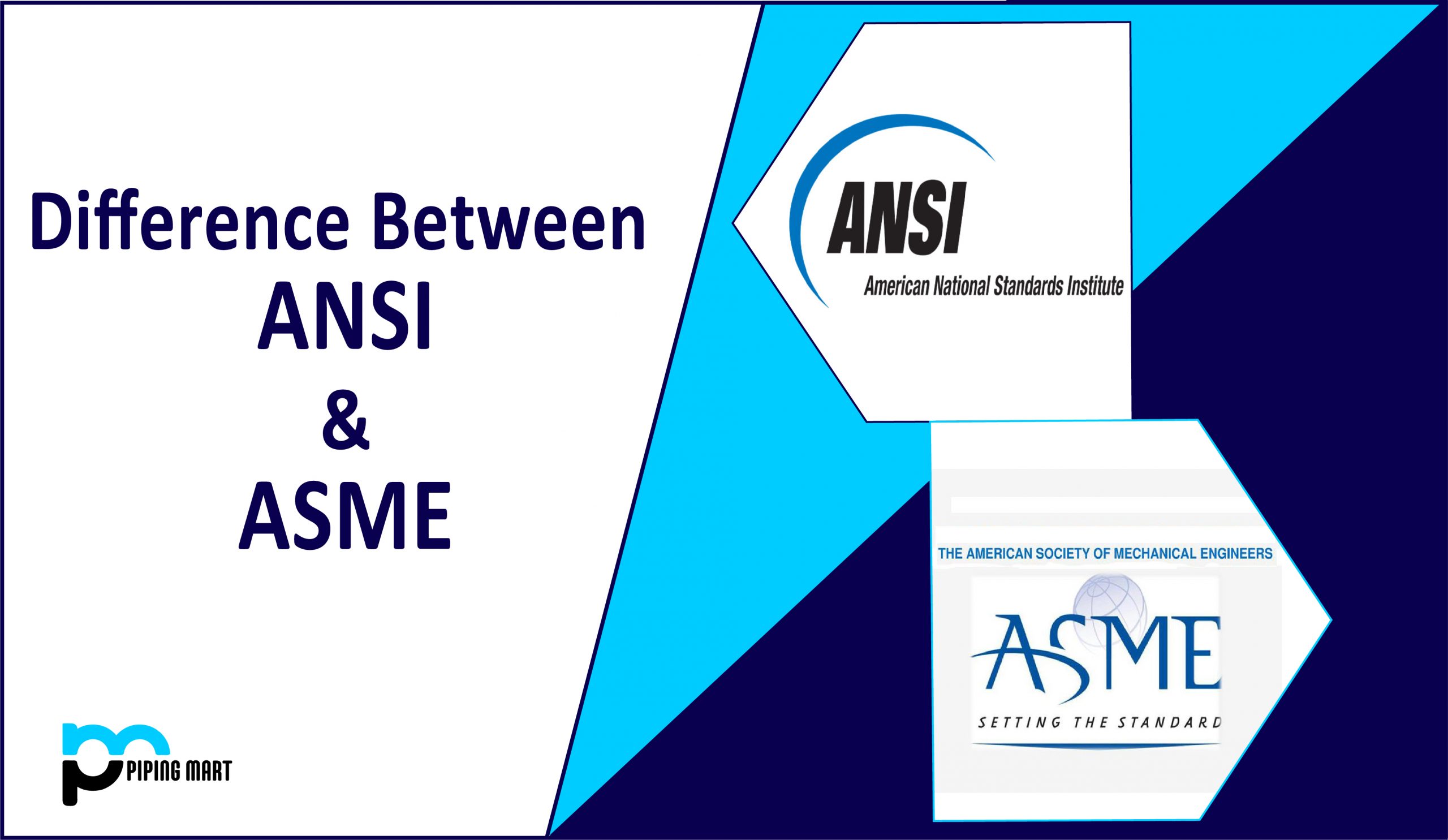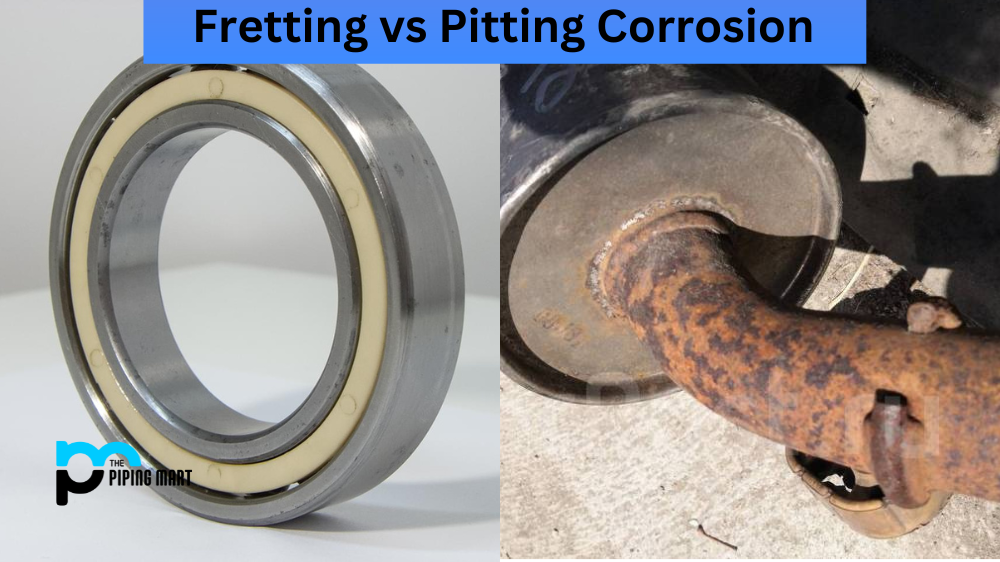Hot-rolled and cold-drawn steel are both common forms of steel that are used in a variety of applications. But what exactly is the difference between hot-rolled and cold-drawn steel? In this blog post, we will explain the differences between these two forms of steel and why one might be better suited for your application than the other.
Hot Rolled Steel
Hot-rolled steel is simply steel that has been reheated, rolled, or formed at a high temperature. This process alters the physical properties of the material and makes it easier to work with. The finished product has a rough surface finish because it hasn’t gone through any additional finishing processes after being formed. Hot rolling also increases the strength of the metal but decreases its ductility. As a result, hot-rolled steel is often used for structural applications where strength is necessary but not necessarily increased flexibility or machinability. Hot-rolled steel is steel that has been rolled and pressed at very high temperatures, typically over 1,700 degrees Fahrenheit. This high temperature makes the steel easier to work with, as it can be shaped and formed more easily. Hot-rolled steel is typically used for construction projects or for manufacturing products that need to be able to withstand high temperatures, such as boilers or pressure vessels.
Cold Drawn Steel
Cold-drawn steel is produced by reheating an already-formed piece of material and then pulling it through dies to reduce its size. This process stretches out the molecules of the material, making them more uniform in shape and size. As a result, cold-drawn steel has improved mechanical properties such as increased tensile strength, hardness, yield strength, ductility, machinability, and formability when compared to hot-rolled steel. Additionally, cold-drawn steel can be finished to a much higher degree than hot-rolled steel due to its increased surface area, which allows for more precise control over its final shape. Cold-drawn steel is steel that has been press formed at room temperature. Cold-drawn steel is typically stronger and harder than hot-rolled steel, as the cold-drawing process work hardens the material. Cold-drawn steel is also more precise in terms of its dimensions, as the material is formed to exact specifications. Cold-drawn steel is often used in the production of small parts or components that need to be very strong, such as fasteners or gears.
Difference Between Hot Rolled and Cold Drawn Steel
Advantages of Hot Rolled Steel
One advantage of hot-rolled steel is that it can be easily formed and shaped into a variety of different products. Hot-rolled steel is also relatively inexpensive compared to other types of steel, making it a popular choice for many manufacturers and fabricators. Additionally, hot-rolled steel has a relatively low carbon content, making it a good choice for applications where welding is required.
Advantages of Cold Drawn Steel
One advantage of cold-drawn steel is that it can be stronger and harder than hot-rolled steel. Cold-drawn steel can also be more precise in terms of its dimensions, as the material is formed to exact specifications. Additionally, cold-drawn steel has a higher resistance to wear and tear, making it a good choice for applications where parts will need to withstand high levels of stress or friction.
Disadvantages of Hot Rolled Steel
One disadvantage of hot-rolled steel is that it can be more difficult to weld than cold-drawn steel. Additionally, hot-rolled steel tends to have a lower resistance to wear and tear than cold-drawn steel, making it less ideal for applications where parts will need to withstand high levels of stress or friction. Finally, hot-rolled steel generally has a rougher surface finish than cold-drawn steel.
Conclusion:
In summary, hot-rolled and cold-drawn steel both have their uses in various industries depending on what type of application they need to be used for. Hot-rolled steel is great for structural applications where strength is necessary, while cold-drawn steel offers improved mechanical properties like tensile strength and formability which make it suitable for precision manufacturing processes like machining or CNC operations. It’s important to consider your needs carefully before selecting either one so that you get the best quality product possible for your project!

Abhishek is a seasoned blogger and industry expert, sharing his insights and knowledge on various topics. With his research, Abhishek offers valuable insights and tips for professionals and enthusiasts. Follow him for expert advice on the latest trends and developments in the metal industry.




